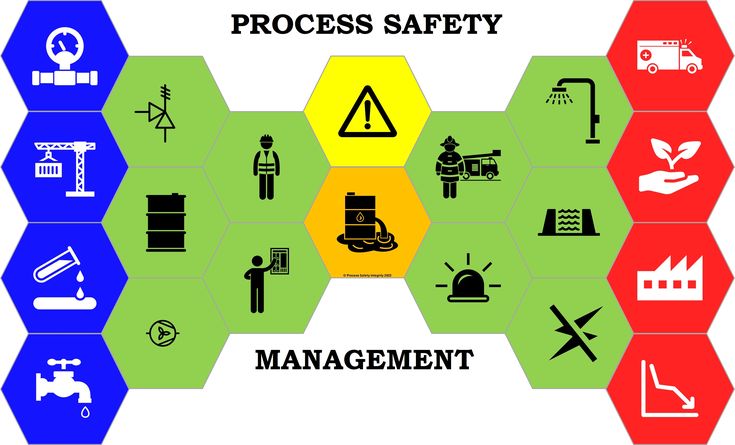Introduction
The Occupational Safety and Health Administration (OSHA) has established the Process Safety Management (PSM) standard to help facilities manage hazardous chemicals and prevent catastrophic incidents. This standard is critical for industries handling highly hazardous chemicals, as it outlines the necessary protocols to ensure a safe working environment. This article explores the fundamentals of PSM, detailing its components and significance in maintaining workplace safety.
What is Process Safety Management (PSM)?
Process Safety Management is a regulatory standard designed to prevent the release of any substance defined as a “highly hazardous chemical” by OSHA. It encompasses a framework of policies, procedures, and practices aimed at controlling risks associated with hazardous chemicals in industrial processes. PSM focuses on preventing incidents such as explosions, fires, and toxic releases that could potentially harm employees, the public, and the environment.
Key Components of the PSM Standard
- Employee Participation
- Encourages active involvement of employees in the development and implementation of PSM programs.
- Process Safety Information
- Requires documentation of chemicals, technology, and equipment involved in the processes to ensure everyone has accurate and comprehensive information.
- Process Hazard Analysis (PHA)
- A thorough evaluation of potential hazards associated with the processes, identifying risks and recommending safety improvements.
- Operating Procedures
- Detailed instructions for safely conducting activities involving hazardous chemicals.
- Training
- Ensures that employees are trained to understand and manage the processes safely.
- Contractor Management
- Includes safety protocols for contractors working on or near process systems involving hazardous chemicals.
- Pre-Startup Safety Review (PSSR)
- A safety review conducted before the introduction of highly hazardous chemicals to a new or modified process.
- Mechanical Integrity
- Involves the maintenance of process equipment to ensure its proper functioning.
- Hot Work Permit
- Procedures and permits required for hot work operations, such as welding, that could trigger a fire.
- Management of Change (MOC)
- Managing changes to processes, technology, equipment, and procedures to ensure they do not introduce new hazards.
- Incident Investigation
- A structured approach to investigating incidents to determine causes and implement corrective actions.
- Emergency Planning and Response
- Preparedness plans to respond effectively to emergency situations involving hazardous chemicals.
- Compliance Audits
- Regular audits to ensure compliance with the PSM standard and identify areas for improvement.
- Trade Secrets
- Protects confidential business information while ensuring that necessary safety information is shared with employees.
The Role of Fire Audits in PSM
Fire audits are a crucial aspect of maintaining process safety. They involve a comprehensive examination of fire safety measures and protocols within a facility. A fire audit helps in identifying potential fire hazards, assessing the effectiveness of existing fire prevention and response strategies, and ensuring compliance with fire safety regulations. Incorporating fire audits into the PSM framework enhances the facility’s overall safety by addressing fire-related risks and implementing corrective actions where necessary.
Conclusion
OSHA’s PSM standard is an essential framework for managing the risks associated with hazardous chemicals in industrial settings. By adhering to PSM principles, facilities can significantly reduce the likelihood of catastrophic incidents, ensuring a safer environment for employees and the surrounding community. Understanding and implementing the key components of PSM, along with conducting regular fire audits, are fundamental steps toward achieving a robust process safety management system.
By integrating these practices, organizations can not only comply with regulatory requirements but also foster a culture of safety that prioritizes the well-being of everyone involved.

